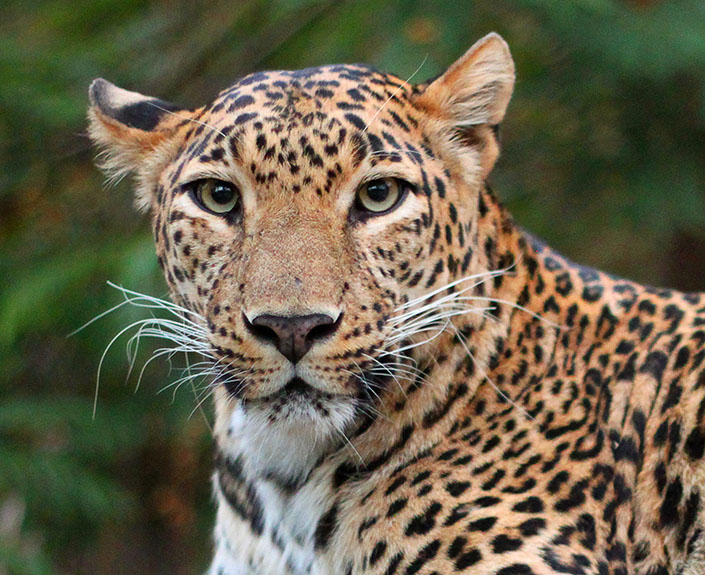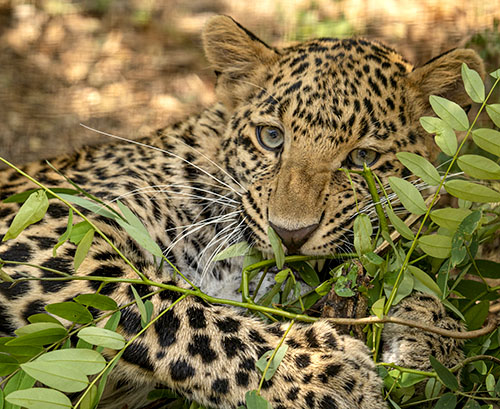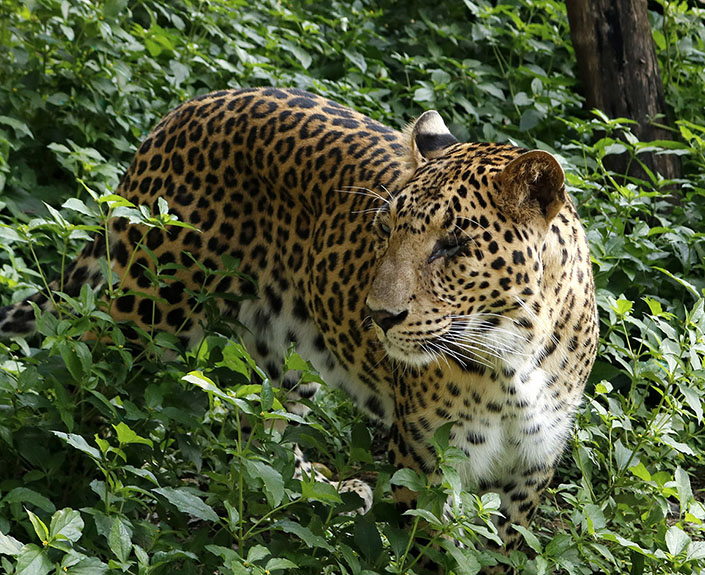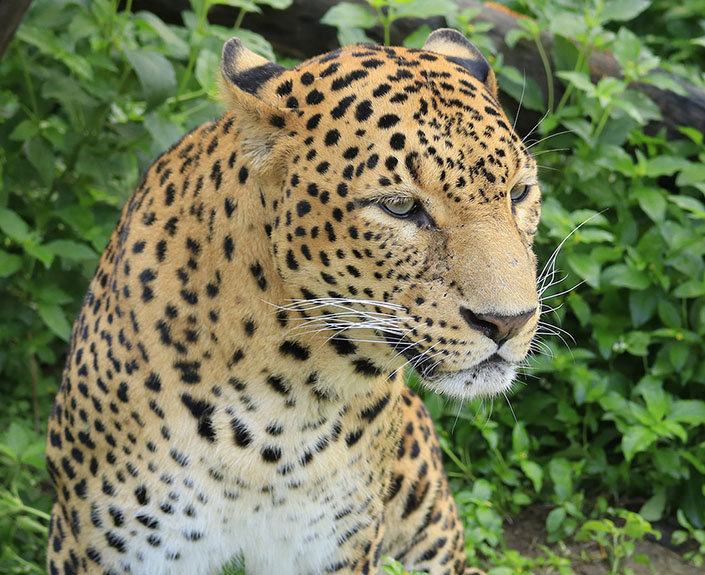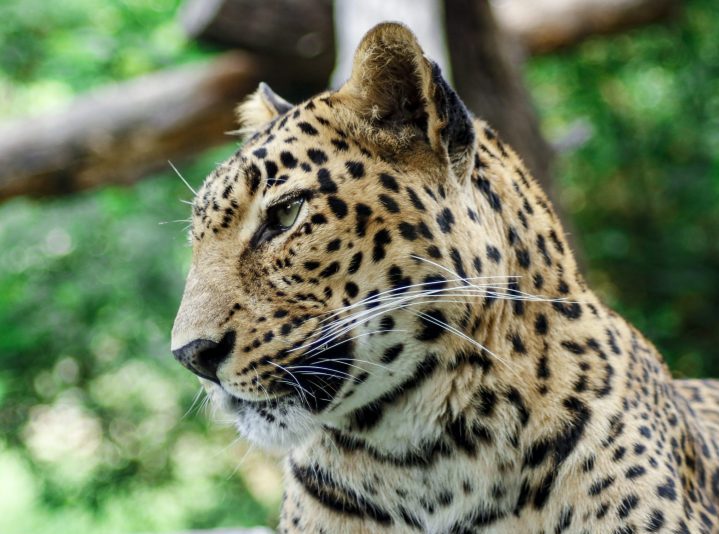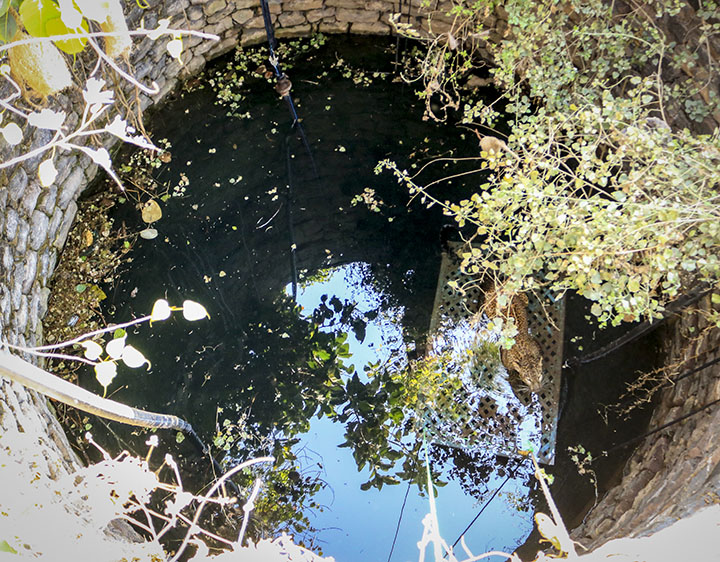The Indian Leopard (Panthera pardus fusca), once widely distributed across the Indian subcontinent, has in recent years come under threat. Due to a variety of factors such as habitat encroachment, rapid urbanization, and man-animal conflict, they are becoming increasingly rare outside the bounds of designated nature preserves and protected areas.
Males average between 4 ft 2 in (127 cm) and 4 ft 8 in (142 cm) in length and weigh between 110 and 170 lb (50 and 77 kg). Females are slightly smaller averaging between 3 ft 5 in (104 cm) and 3 ft 10 in (117 cm) in length and weigh between 64 and 75 lb (29 and 34 kg).
Leopards have inhabited the areas surrounding Maharashtra since time immemorial as an integral part of the landscape. Until recently, when their habitat, consisting primarily of scrub jungle abundant with small prey, started to be destroyed by development. What was once a leopard haven, has now changed drastically since the expansion of sugar cane cultivation in these areas.


